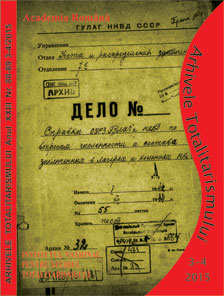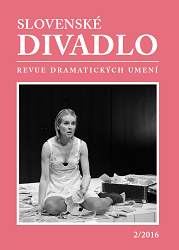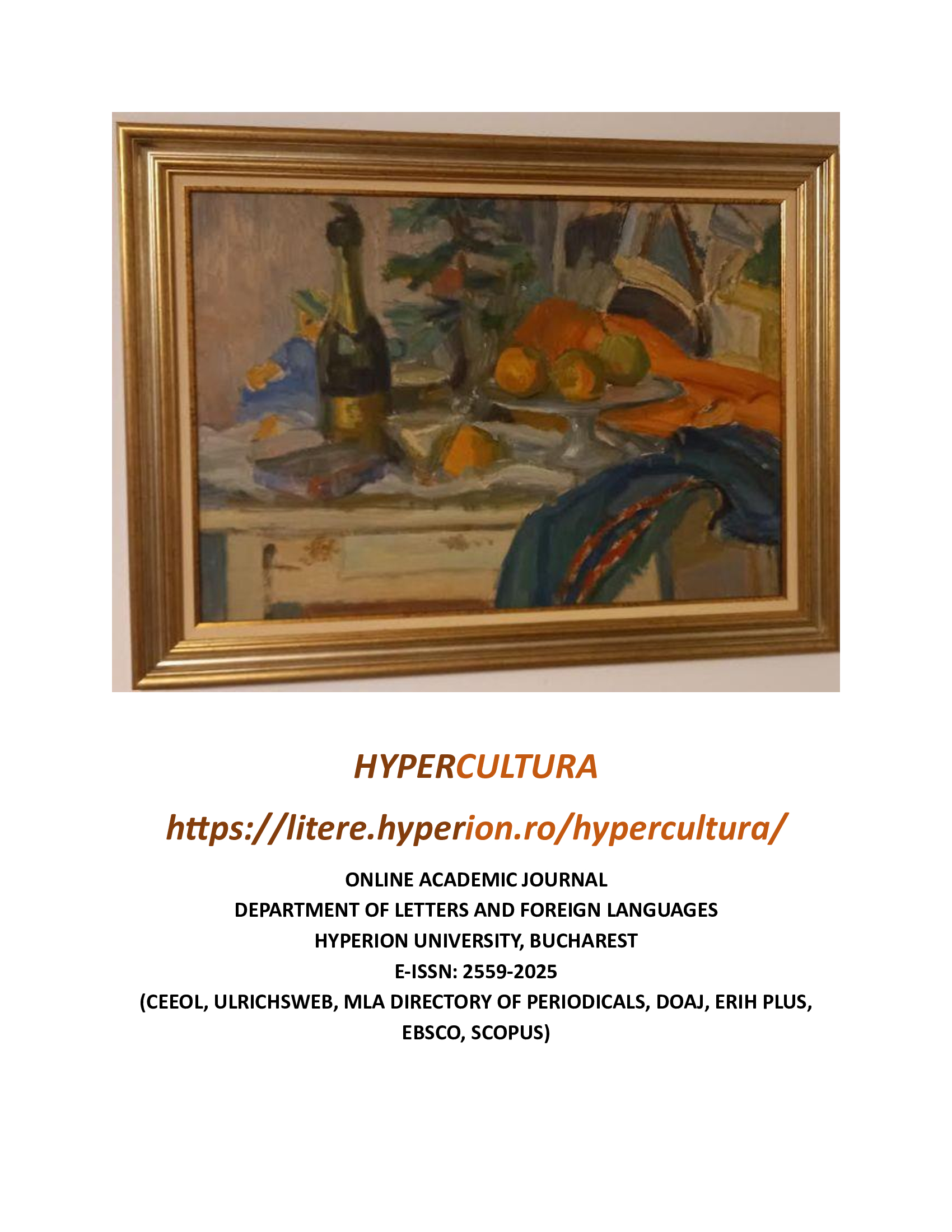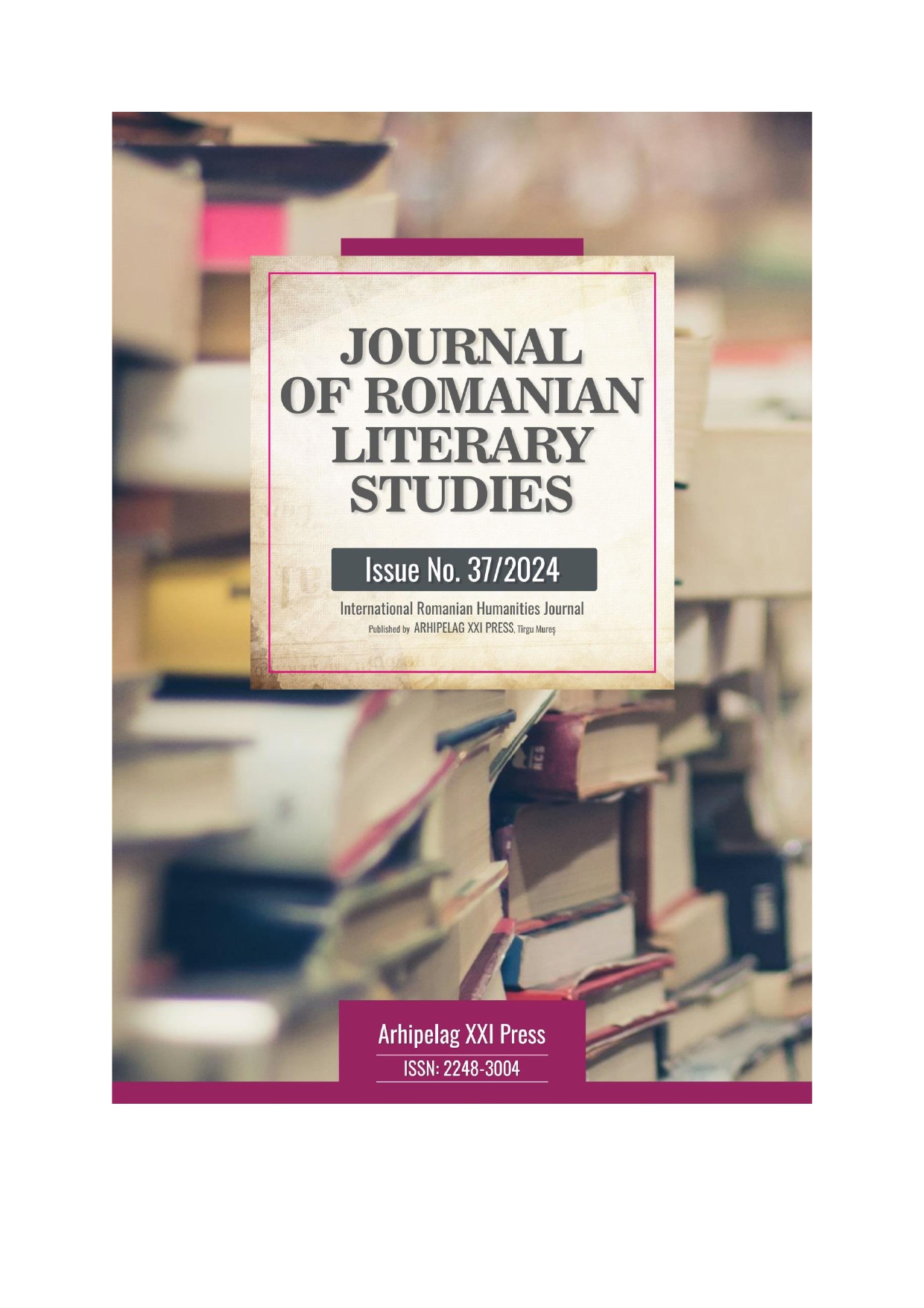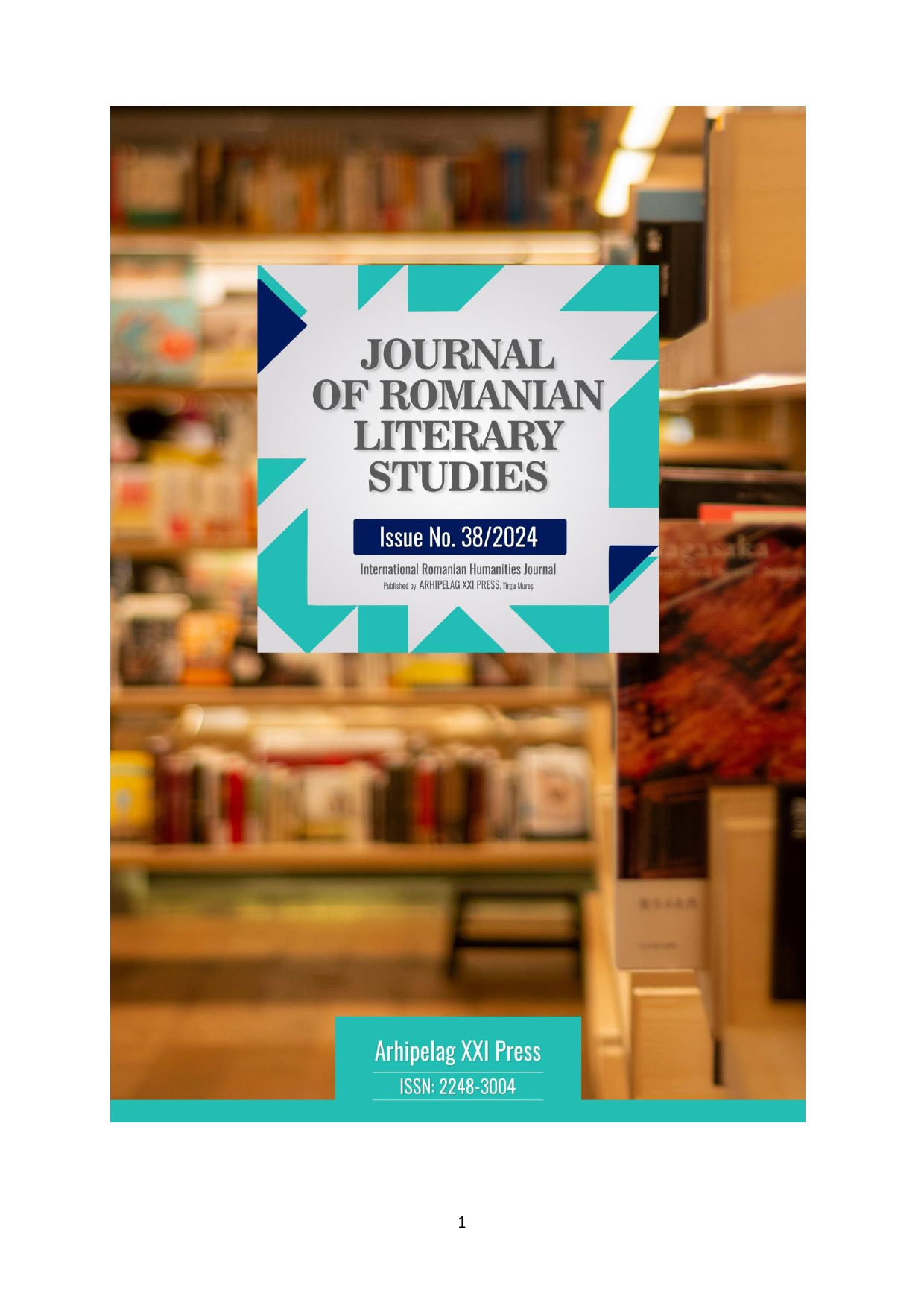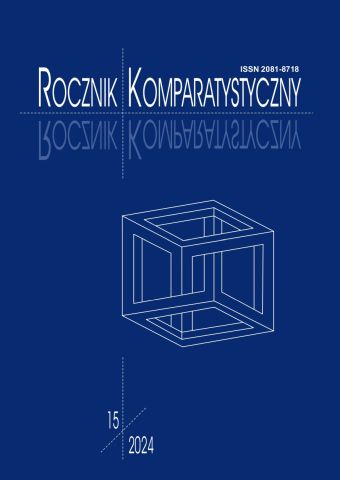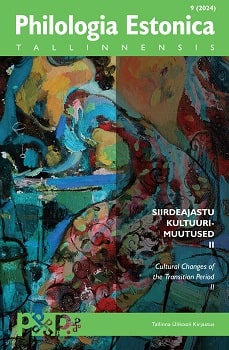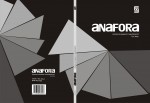
Jedna molitva i urota: proturječja u dramama na zrinsko-frankopansku temu
This paper starts from an uncommon place in Frankopan’s prayer book, which is, uncharacteristically for prayer, permeated with a vengeful tone. Katharina’s prayer is followed from that sacred paradigm and Kumičić’s literarization through later dramatizations of the zrinski-frankopan theme. On the one hand, this draws attention to prayer in general in the literarization of this historical theme, which was necessary, because despite the fact that prayer is a particularly foremost component in that framework, it has not been mentioned in previous literature. On the other hand, it is indicated that the prayer, starting from Kumičić, cannot be read solely as a way of (over)emphasizing piety, but that it should be looked at from the negative point of view as well. The paper is expanded in this way and it highlights places in literarization that look askance at the implied signifiers of the prayer such as piety or giving the sense to the existence of one’s own nature. It can be noted that with the return of the zrinski-frankopan theme in 1915., we note that not only a poetical movement occurs, but also the one in relation to the prayer. More daring authors appear that revalorize its concept. We note its relation with “eternal darknesss” (Strozzi), unmasking of hypocritical prayer (Ogrizović, Šop) and the process of desacralization Zrinski and Frankopan (Raos, Gavran). A series of texts that decentralize the prayer from its stereotypical meaning to the liberal aspect expand to Gavran’s The Conspirators (1984).
More...

